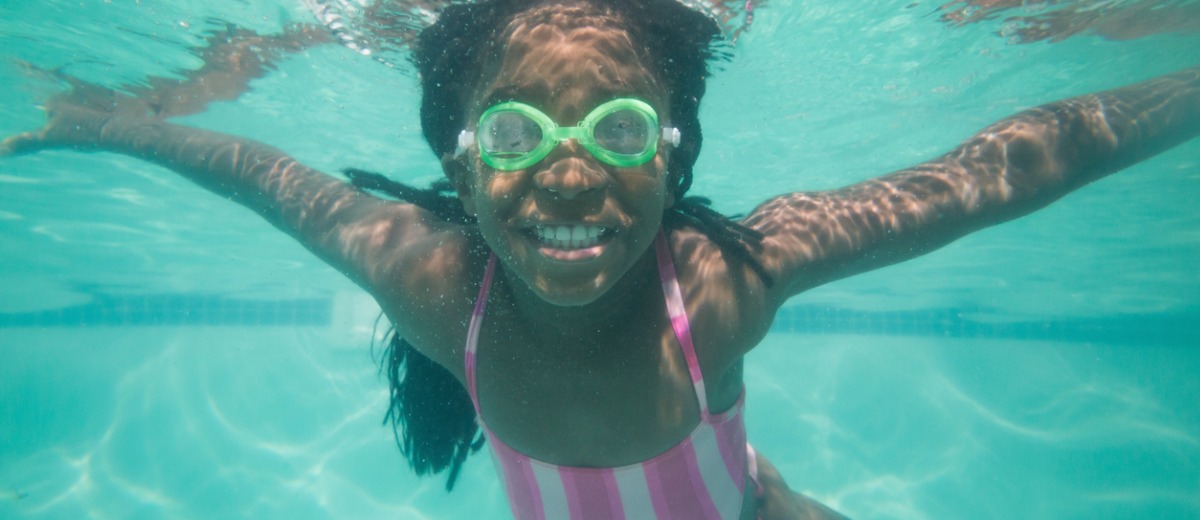During hot summer months not much beats spending time cooling down at the beach, in the pool or at water parks. However, days spent splashing and swimming can quickly turn painful if water gets trapped in an ear. As children dive into summer fun are you prepared to recognize the signs and symptoms of swimmer’s ear?
Not All Ear Pain is the Same
Ear pain (otalgia) is one of the most common reasons for trips to primary care physicians and medical care providers. There are several causes for ear pain including inner ear infections (otitis media) and external ear infections (otitis externa). Occurring primarily in young children, inner ear infections are typically associated with respiratory infections and peak during the winter months.
In contrast, otitis externa is associated with swimming and diving, affects individuals of all ages, and peaks during the summer months. Acute Otitis Externa, more commonly known as “swimmer’s ear”, occurs when water becomes trapped in the outer part of the ear canal, creating an ideal environment for bacteria to grow, especially when temperatures and humidity is high.
According to the CDC, you’ll want to be on the lookout for the following symptoms:
- Pain when the outer ear is tugged or when pressure is put on the part of the outer ear that sticks out in front of the ear canal (tragus)
- Itchiness inside the ear
- Drainage from the ear
- Redness and swelling in the ear
If wiggling the outer ear does not cause pain or discomfort, chances are the condition is probably not swimmer’s ear.
Tips to Help Prevent Swimmer’s Ear
Swimmer’s ear can be extremely painful. Fortunately, there are precautions that can help prevent this uncomfortable experience. Here are a few do’s and don’ts to follow:
- DO keep ears as dry as possible; use a bathing cap, ear plugs or custom-fitted swim molds when in the water
- DO dry ears thoroughly after swimming or showering; use a dry towel, tilt head back and forth so that each ear faces down to allow water to escape the ear canal, pull earlobe in different directions when ear faces down to help water drain, consider using a hair dryer to move air into the ear canal to help displace any excess water that may be trapped (be sure to use the lowest heat and fan setting and hold the hair dryer several inches away from the ear).
- DON’T put objects in ear canal – this includes cotton-tip swabs, pencils, paper clips or keys.
- DON’T try to remove ear wax, ear wax helps protect the ear canal from infection (check with a healthcare provider if there is a chance the ear is blocked by ear wax).
- CONSULT with a healthcare provider before administering ear-drying drops.





